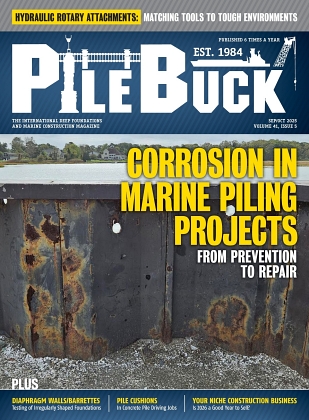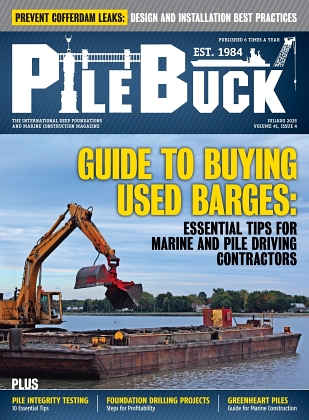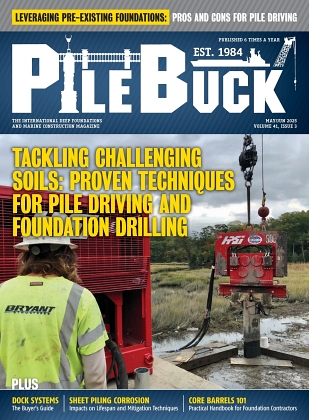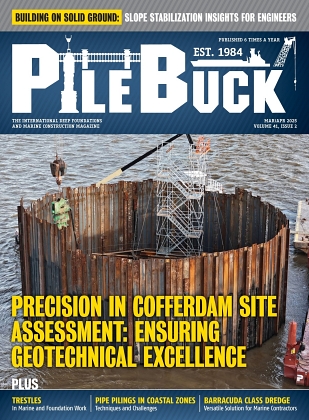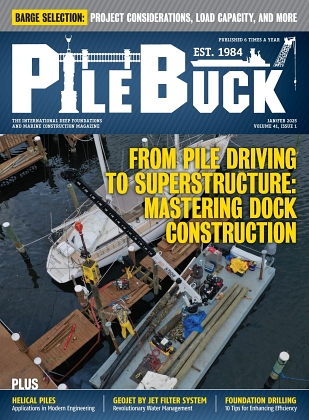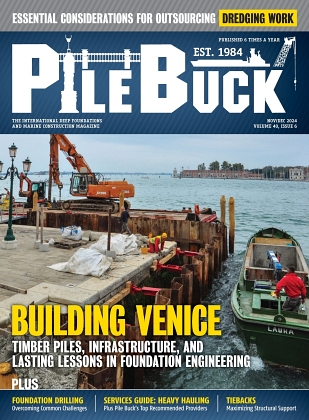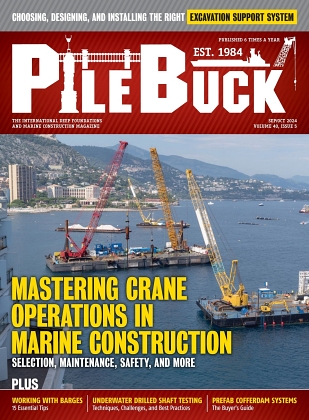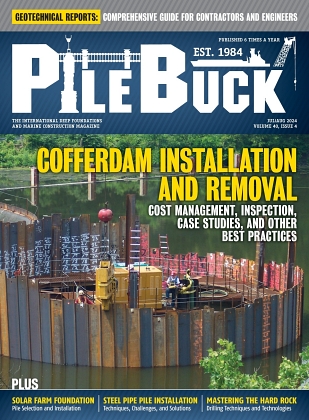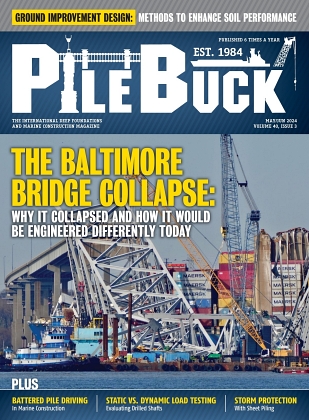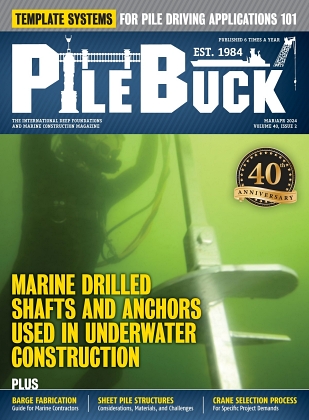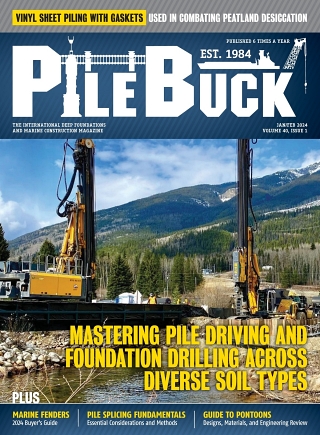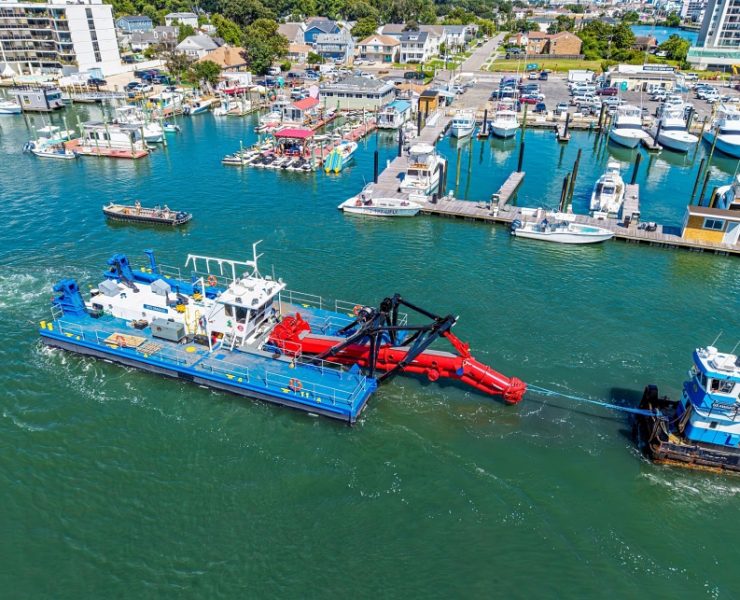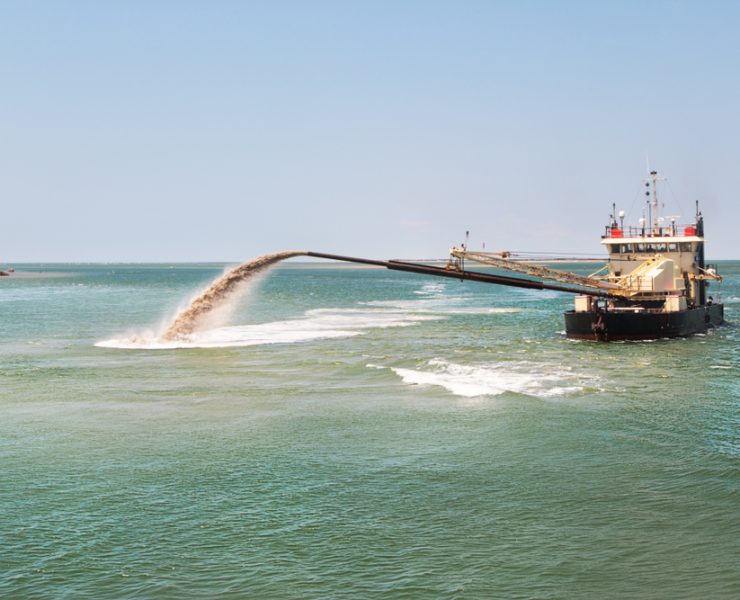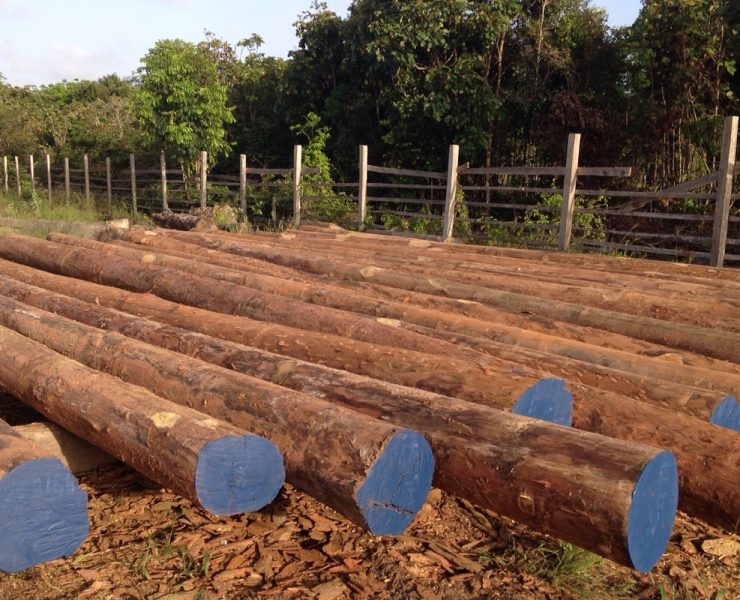A Practical Guide to Dredging and Navigating Dredge Regulations
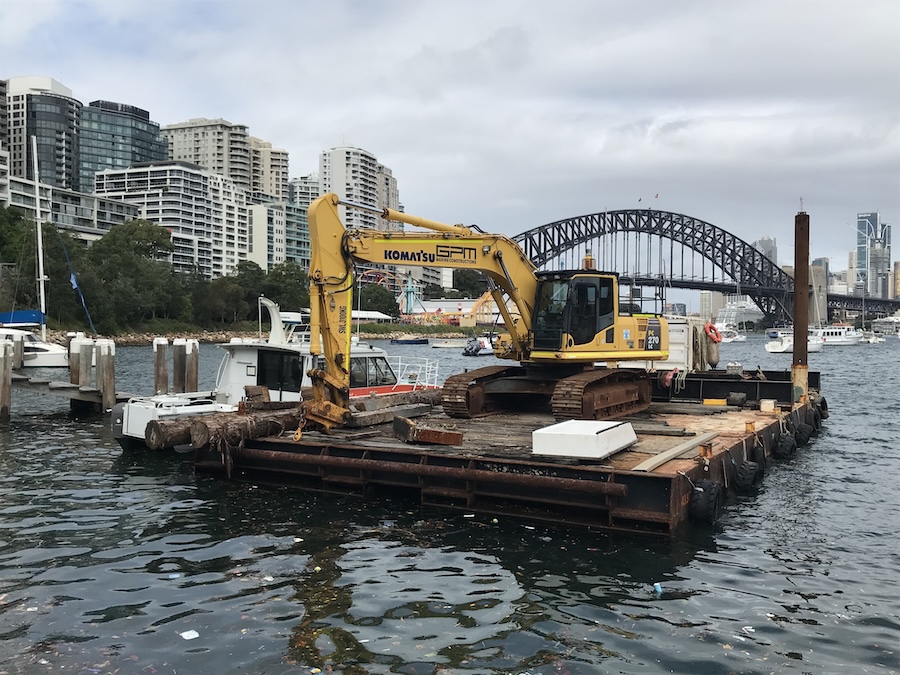

View the complete article here.
Dredging is pivotal in the marine construction industry—ensuring navigable waterways, deepening harbors, and supporting critical infrastructure projects like ports and offshore foundations. However, with tightening environmental regulations and complex permitting processes—dredging projects can quickly become mired in delays and cost overruns. For marine contractors and project managers, success hinges on mastering both the technical and regulatory aspects of dredging.
Understanding Dredging: Key Considerations
Dredging involves removing sediment, debris, or contaminated material from water bodies to maintain or enhance their depth and functionality. Whether you’re working on a small marina or a major port expansion, these tips will optimize your approach:
- Choose the right equipment: Match your dredge to the project scope and material type. Hydraulic dredges excel for fine sediments, while mechanical dredges handle coarser materials like gravel or rock. For precision work, consider cutter suction dredges. Regular maintenance—cleaning pumps, inspecting cutters—reduces downtime and boosts efficiency.
- Conduct thorough site assessments: Before dredging begins, map the site using bathymetric surveys and geotechnical analysis. Identify sediment composition, potential contaminants, and underwater obstructions. This data informs equipment selection and disposal plans, minimizing surprises during operations.
- Plan for sediment disposal: Dredged material can often be reused for beach nourishment or habitat restoration, but contaminated sediment requires special handling. Coordinate early with disposal sites or treatment facilities to avoid delays. For example—the U.S. Army Corps of Engineers (USACE) oversees designated ocean disposal sites, like those in the New York Bight, which require specific permits.
Navigating Dredge Regulations
Regulatory compliance is a critical hurdle in dredging projects. Federal, state, and local agencies impose strict rules to protect water quality, wildlife, and coastal ecosystems. Here’s how to stay ahead:
- Know your permits: Most dredging projects require permits under Section 404 of the Clean Water Act (administered by USACE) and Section 401 for water quality certification (state-level). Coastal projects may also need approval from the National Oceanic and Atmospheric Administration (NOAA) for impacts on marine habitats. Start the permitting process early, as delays can take months. Consult USACE district offices for project-specific guidance.
- Engage with stakeholders: Early consultation with regulatory agencies, environmental groups, and local communities can prevent conflicts. For instance— projects near sensitive habitats, like wetlands or fish spawning grounds, may face restrictions during certain seasons. Public hearings, often required for large projects, are opportunities to address concerns proactively.
- Stay updated on environmental policies: Regulations evolve, driven by environmental concerns and climate change. For example, recent EPA discussions (2025) on dredged material management emphasize sustainable disposal methods. Monitor updates from agencies like the EPA and NOAA to stay informed.
- Budget for compliance costs: Permitting fees, environmental monitoring, and mitigation measures (e.g., silt curtains or turbidity controls) can significantly impact project budgets. Factor these into your cost estimates to avoid surprises. For federally funded projects, explore USACE cost-sharing options—though funding backlogs, as seen in the Great Lakes, may limit availability.
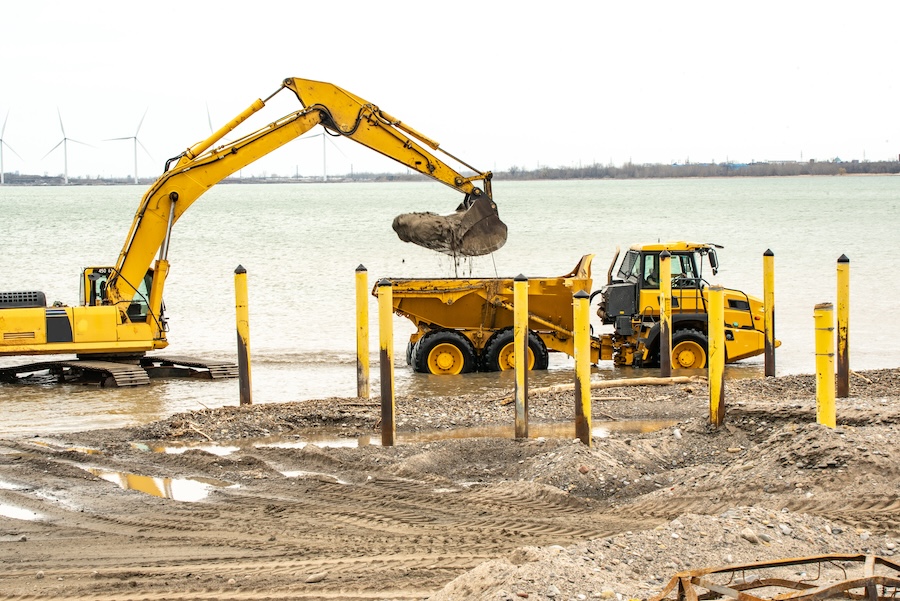
Overcoming Common Challenges
Dredging projects often face logistical and regulatory roadblocks. Anticipate these issues to keep your project on track:
- Permitting delays: Incomplete applications or missing environmental impact assessments are common causes of delays. Use checklists from USACE or state agencies to ensure all documentation is complete before submission.
- Funding shortfalls: Federal dredging budgets, particularly for smaller harbors, are often stretched thin. Advocate for your project through industry associations like the Dredging Contractors of America (DCA), which push for increased USACE funding.
- Environmental restrictions: Seasonal restrictions to protect marine life, such as fish migrations, can disrupt schedules. Plan dredging windows around these constraints, and use real-time monitoring to demonstrate compliance with turbidity or noise limits.
View the complete article here.
What permits are required for a dredging project?
Most projects need USACE Section 404 and state Section 401 permits, plus NOAA approval for coastal impacts.
How should dredged material be disposed of?
Reuse clean sediment for restoration or beach nourishment, and treat contaminated material per regulatory guidelines.

